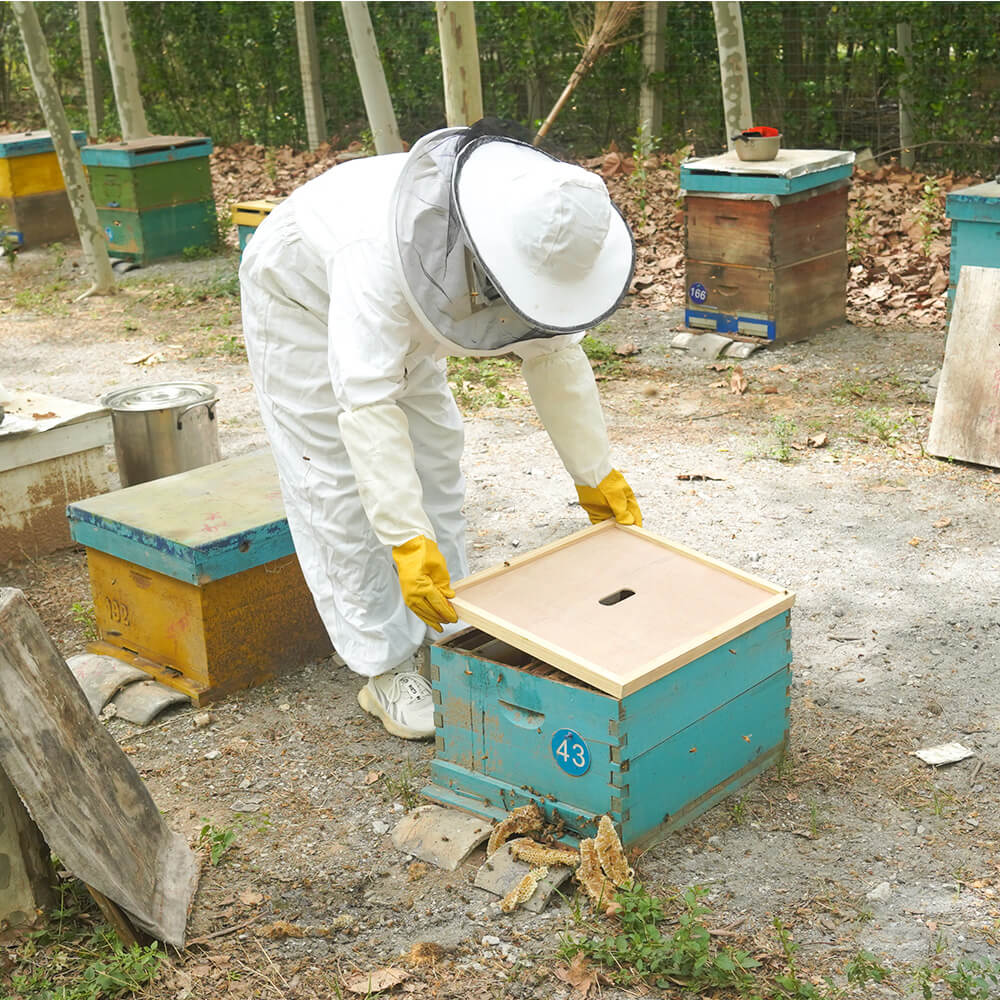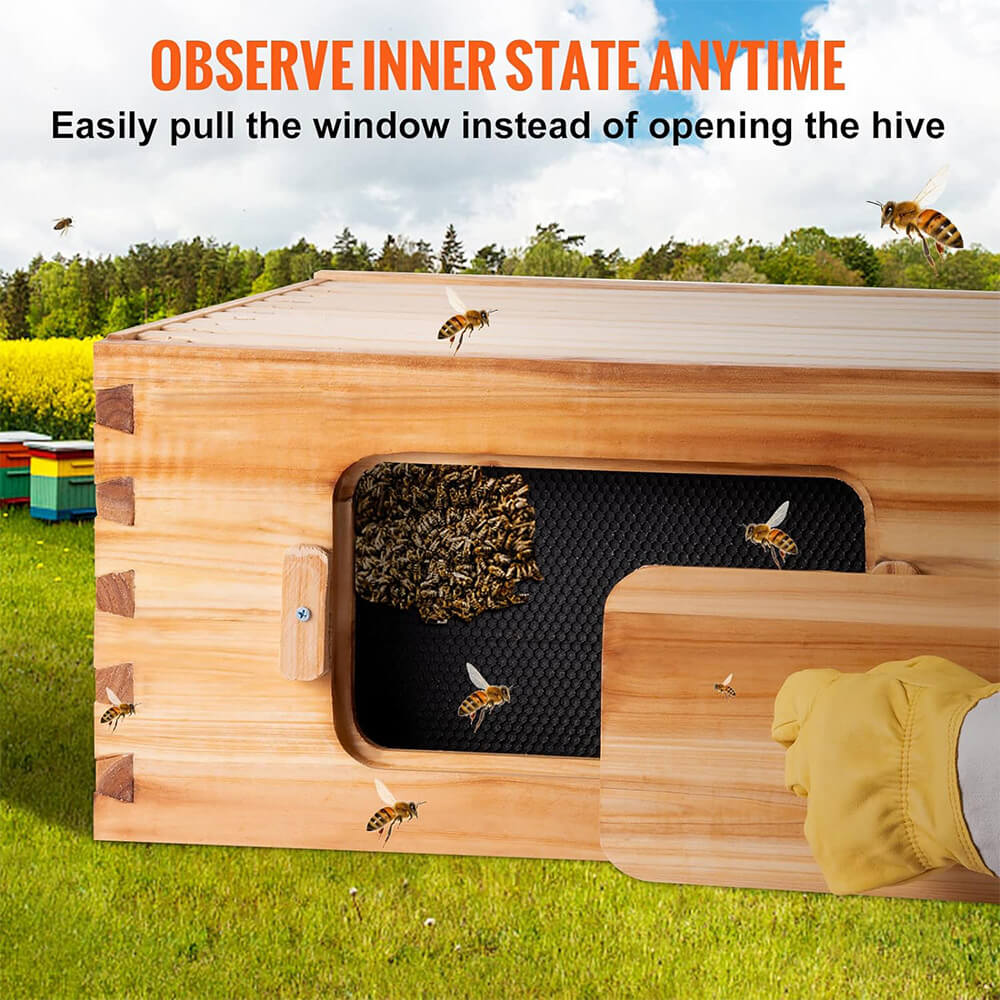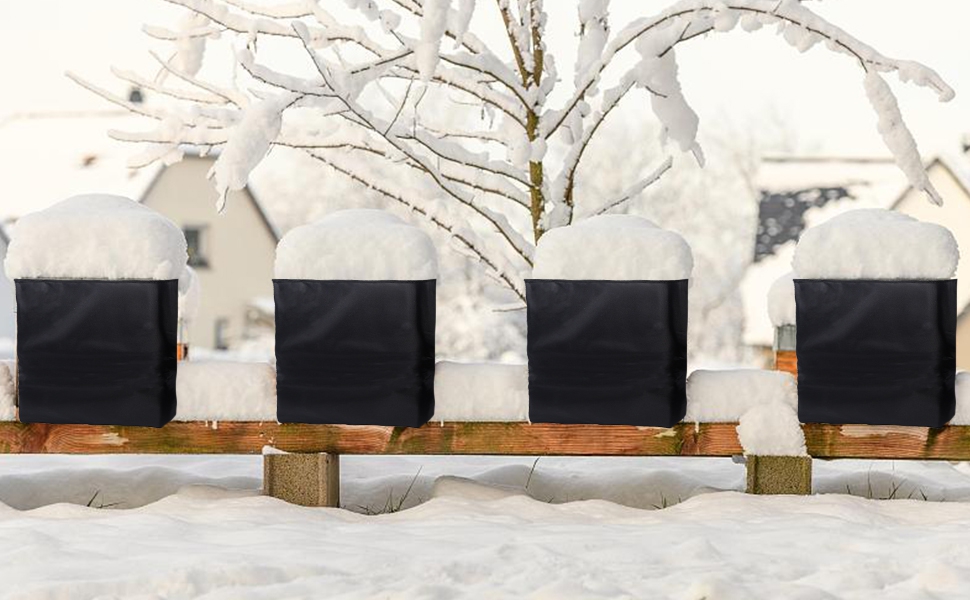As the seasons change, so do the tasks and observations necessary for successful beekeeping. Understanding the behavior of bees throughout the year can help beekeepers maintain healthy hives and maximize honey production. Let's explore the beekeeping activities for each month and the corresponding bee behavior.

January
Bees:
During January, bees are huddled together in a cluster to generate heat and survive the winter. Worker bees consume stored honey to maintain warmth. Some bees may take cleansing flights on warmer days. In milder winters, the queen might start a small brood hive.
Beekeepers:
Check hive food supplies by gently tilting the bee hive. Avoid disturbing bees in cold weather. Clear snow and ice from hive entrances. Order new equipment and attend beekeeping meetings to prepare for the upcoming season.
February
Bees:
The queen remains in the cluster, but warm days prompt some workers to forage. Spring flowers bring pollen, stimulating limited egg-laying. Bees consume stored honey rapidly in preparation for increased brood rearing.
Beekeepers:
Monitor food supply and attend local beekeeping meetings. Inspect hives on mild days without removing bee frames. Provide pollen patties for early brood production. Consider uniting weak colonies and address ventilation issues. you can consider Quilt Box for Bees.
Quilt Box for BeesIn winter, the wood shavings inside the bee quilt box absorb excess condensation, preventing moisture-related issues. During summer, you can remove the wood shavings to promote ventilation and regulate hive temperature. The strategically placed hole in the quilt box provides ventilation for the hive, allowing fresh air to circulate. Additionally, it serves as an entrance for the bees, facilitating their movement in and out of the hive.
March
Bees:
With longer days and warmer weather, hive activity rises. Pollen collection increases egg-laying. Drones appear in the hive, and early swarms are possible. Bees may require feeding in late springs with limited flowers.
Beekeepers:
Inspect hives, evaluate food stores, and consider requeening—time varroa mite treatments before the honey flow. Manage brood chambers, replace old combs, and equalize hives before major nectar flow begins.

April
Bees:
Spring brings increased foraging and brood production. Crowded hives may swarm, and Varroa mite populations can rise. Newly emerged queens start mating flights, while cool weather can deplete honey stores.
Beekeepers:
Monitor strong colonies and cease feeding during the main honey flow. Check for queen cells and swarming activities. Begin adding super boxs for honey production and handle splits from strong colonies.
May
Bees:
Bees in hill areas experience peak spring honey flow, with high foraging and egg-laying rates. Swarming remains possible in crowded hives.
Beekeepers:
Consider adding queen excluders, super hives as needed, and manage honey supers. Monitor hive health and prepare for honey extraction.
June
Bees:
High bee populations and active foraging continue in favorable weather, supporting nectar and pollen collection.
Beekeepers:
Regular hive checks are crucial for healthy colonies. Provide sufficient space for brood and honey storage, monitor pests, and prepare for honey harvesting.

July:
Bees:
As summer progresses and the weather gets hotter, the nectar flow decreases in hill areas, affecting the queen's egg production. However, in agricultural regions with irrigated crops like soybeans and cotton, bees may still find abundant nectar sources. Bees are often seen cooling themselves outside the hive on humid nights.
Beekeepers:
Beekeepers should maintain regular hive checks to ensure colony health, watch for pests, and provide ample space for honey storage. It's crucial to offer bees access to fresh water during dry spells. Harvest honey once it's capped, but leave enough for the bees during the summer dearth. Adequate ventilation and monitoring of hive activity are essential. you can consider beehive with windows.
Beehive with windows with an easy-to-open observation window, you can quickly check the condition of the bees and honey inside the hive. The beehive box is dipped in 100% beeswax coating, attracting bees and creating an inviting environment. The inlet reducer and top vent design ensure proper ventilation, warmth, and safety for the bees. Easy Assembly: The beehive boxes adopt a dovetail seamless splicing design, allowing for quick and hassle-free installation in just three simple steps. No screws or glue are needed, as the beeswax naturally fills any gaps to ensure a strong seal. The starter kit includes all the necessary components for a comprehensive beekeeping experience. From the solid bottom board to the frames with waxed plastic foundation, every accessory is designed to provide a comfortable and suitable home for your bees.

August
Bees:
In August, colony growth slows down as nectar sources dry up in hill areas. Bees will continue to forage for water as they consume more honey than they store during the dearth period. Swarming is unlikely at this time, especially in regions with strong nectar flows from crops.
Beekeepers:
Beekeepers must ensure bees have access to clean water and watch for signs of robbing, indicating a weak colony. Harvest honey before bitterweeds bloom to preserve its flavor. Be cautious when handling hives during dearth periods, as bees may be more defensive. Keep an eye on rising Varroa mite levels and take necessary precautions. Then you need beehive feeder
September
Bees:
Cooler and wetter weather in September may trigger a fall nectar flow, allowing bees to gather winter stores. Drones may be expelled from hives as workers adjust to changing conditions. Egg production decreases with shorter and cooler days.
Beekeepers:
Beekeepers should harvest any remaining honey and ensure each colony has enough stores for winter. Medications for pest control can be applied after honey removal. Some beekeepers may choose to requeen colonies now to optimize egg-laying in the spring. Properly store empty supers to prevent infestations.

October
Bees:
In October, the queen's egg-laying diminishes further, leading to a decline in the colony population. Drones are expelled, and workers continue foraging for winter supplies.
Beekeepers:
Beekeepers might need to feed colonies to prepare them for winter using a 2:1 sugar-water syrup. Remove mite treatments as directed and install mouse guards. Watch for signs of robbing and minimize hive openings to maintain warmth. Prepare hives for winter closure to prevent drafts.
November
Bees:
As temperatures drop in November, bee activity outside the hive decreases. Bees cluster tightly inside to conserve heat.
Beekeepers:
Beekeepers should install entrance reducers, complete winter feeding, and secure hive lids against the wind. Avoid opening hives in cold weather and focus on reviewing colony performance. Attend beekeeper meetings, assess equipment, and plan for spring activities.
December
Bees:
In December, bees form a tight cluster to regulate temperature, with the queen reducing egg production.
Beekeepers:
Beekeepers should refrain from disturbing hives excessively. Check winter stores by tilting the hive gently. Prepare for spring by organizing tools and supplies, considering apiary expansion, and planning for new bees and queens. Utilize excess wax for candles and share honey as holiday gifts.

For high-quality beekeeping equipment and honey processing machines, contact us today to enhance your beekeeping experience and ensure successful hive management throughout the year.

